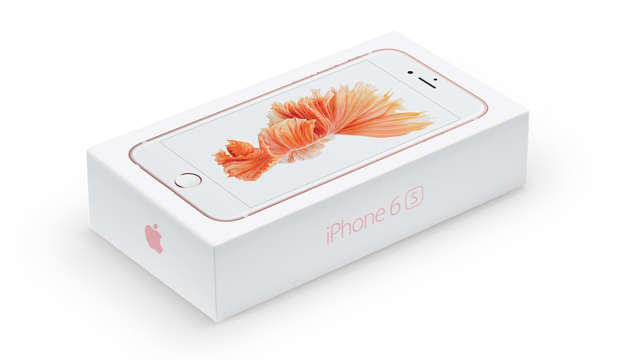One of the new products the company introduced at its iPhone 6s fall event is the iPhone Upgrade Program that lets you buy a new iPhone every year for as little as $1/day for the cheapest model. The idea isn’t new, as Apple is simply doing what you’ve come to expect from your carrier, but the iPhone maker’s program has many implications on the market. With its upgrade program, Apple can put pressure on carriers and increase competitions, as the company sells unlocked iPhones bundled with AppleCare+ through its own program, which might be more appealing offers to certain buyers.
But there’s one more reason Apple’s iPhone Upgrade Program is pure genius for the company.
DON’T MISS: New Nexus 5X and Nexus 6 details leak with event just two weeks away
Looking at this new initiative that introduces “a couple of interesting new dynamics in the installment plan model, Benedict Evans further explained what subscription iPhones mean for Apple. The program makes the iPhone appear even cheaper than before, offering Apple a way of holding on to the customer and preventing him or her from checking out what the competition has to offer.
“The obvious change is that if you’re on, say, AT&T’s Next plan, your next ‘free’ smartphone might be an iPhone or an Android – with Apple’s plan it’ll be an iPhone,” Evans wrote. “So where for a mobile network these installment + rapid upgrade plans are a way to stop you churning off the network, for Apple they’re a way to stop you churning from iPhone to Android. They’re another way to build the resilience of the ecosystem.”
Not to mention that if Apple ever decides to become a carrier like Google, the customers that’ll be hooked up to Apple’s iPhone Upgrade Program might be among the first ones to jump on Apple’s virtual operator network – this is just speculation at this time, as Apple has flat out denied plans to enter the carrier market.
More interestingly, Evans says that Apple’s upgrade plans will give the company more control over a lucrative market: used second-hand iPhone sales.
With iPhone Upgrade Program, a buyer would essentially lease an iPhone for a year (for $389) and then move to the next device (an optional choice though), and continue paying the lease for the new iPhone.
Rather than selling the old iPhone, or turning it to a trade-in company, the buyer would let Apple handle the device. And the company will likely repurpose it and sell it to customers in emerging markets who can’t afford to pay full sticker price for the latest iPhone model, but want to buy an iPhone.
“The second change is that Apple is explicitly entering the secondary market. If you get a new base-model iPhone every year, you’ll pay Apple $389 a year for a $650 retail price phone every year,” Evans notes. “At the end of the year you give Apple the old one, and it’s going to have to do something to make that back or more. Given the difference is $260 but the resale value of year-old iPhones (unrefurbished) today is $300-$400, that shouldn’t be too hard. It does suggest more incentive for Apple to sell you a case, though.”
The move could help Apple better fight cheap Android devices in emerging markets where more affordable smartphones are the norm. The company would be able to do this without actually creating the cheap iPhone some people expect. At the same time, Apple would still be charging full-price (or more than full-price) for the device, even if that means having to sell it to two buyers.
And the used iPhone market might be a huge unexploited opportunity. “One illuminating data point [about the used iPhone market] is the fact that for the last several years the number of iPhones that seem to be in China (if you look at data from companies like Baidu) has been rather larger than the number of iPhones that Apple’s financial reporting implies could have been sold there. Second-hand closes some of the gap,” Evans noted.




